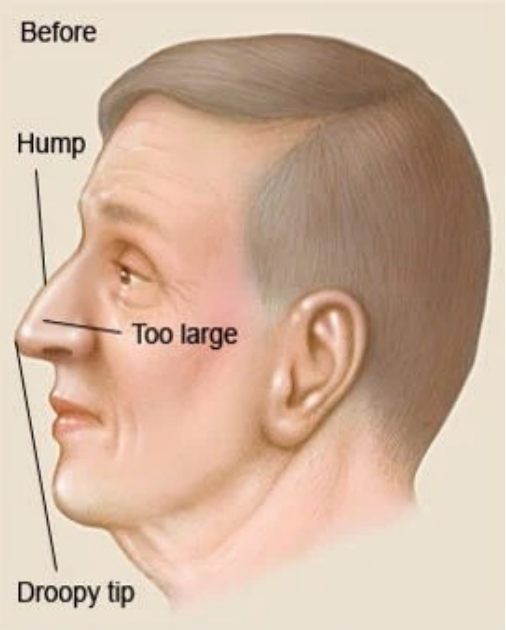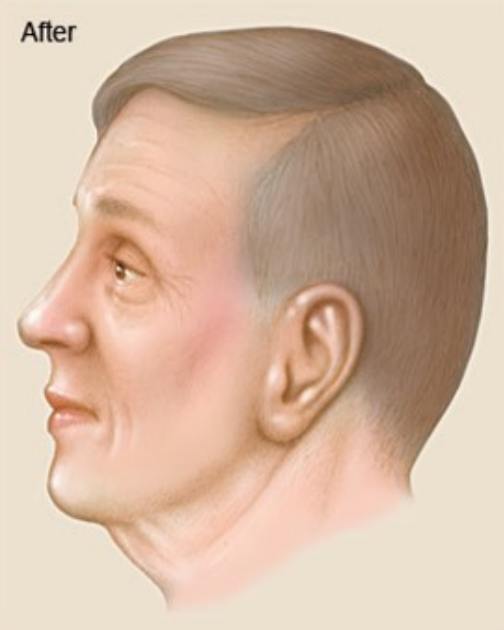RHINOPLASTY
Service description
Dr. Tien performs rhinoplasty to reshape the nose. Appearance can be improved for those who are dissatisfied with the shape and size of their nose. Nasal reconstruction was one of the first cosmetic procedures ever developed and is among the most frequently performed today. Rhinoplasty is a surgical procedure in which nose deformities are corrected by removing, rearranging or reshaping bone or cartilage.
REASONS FOR SURGERY
Reasons include reducing the nose size, removing bumps, and improving the angle of the nose. Conditions may be natural or due to external trauma to the face. This operation will also help patients who have difficulty breathing. The procedure can be performed on all age groups, including teens and the elderly.
BEFORE SURGERY
A medical history and a careful examination are conducted to evaluate your general health. We will discuss how your nose can look with your other facial features. Digital photographs and computer imaging allow Dr. Tien to evaluate the appropriate procedure to achieve the desired results. Pre-operative instructions may include eliminating certain drugs containing aspirin to minimize the possibility of excess bleeding. Antibiotics may be prescribed before surgery to prevent infection.
METHOD OF SURGERY
Surgery is usually performed under IV sedation, which is extremely comfortable and results in less swelling and bruising than general anesthesia. In most cases involving a reduction in shape or size of the nose, angle or removal of a hump, the skin of the nose is separated from the underlying skeleton of bone and cartilage. The bone and cartilage are then reshaped, and the skin is re-draped over the surface. Patients with a deviated septum may benefit from correcting this problem. The incisions are placed inside the nose unless the surgeon uses an open approach, in which case the incisions are made across the tissue between the nostrils. In cases where the nostrils flare, the surgeon may make an incision at the junction between the nose and the skin of the upper lip to narrow the flared appearance.
AFTER SURGERY
The recovery takes one to two weeks. Most people resume their normal activities within a week or two. Following surgery, a lightweight splint is applied to maintain the nose's new shape. The splint is removed within a week. Nasal splints may be inserted during surgery to protect the septum. These are removed within a week. There is always some stuffiness of the nose, especially when work has been done on the nasal septum.



